Steel structure installation in pre-engineered buildings
With the increasing demand for high efficiency, environmental protection and low cost in the construction industry, pre-engineered buildings have become a popular choice in the field of modern construction with their advantages of modular design and industrialized production. As the core support system of pre-engineered buildings, the quality and efficiency of steel structure installation directly affect the success or failure of the project. This article will deeply analyze the role, advantages, types and whole process of steel structure installation of prefabricated steel frame factories, and provide practical reference for industry practitioners.
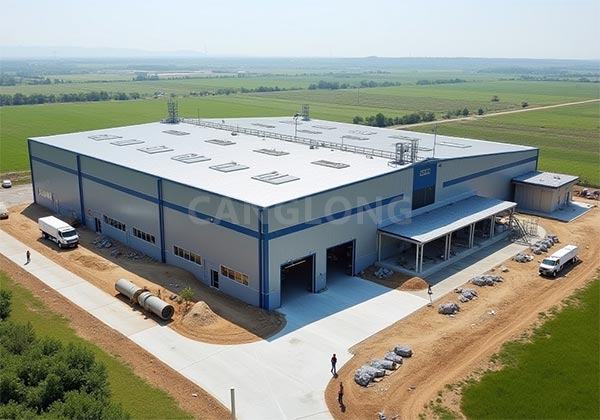
What is a pre-engineered steel frame factory?
A pre-engineered steel frame factory is a modern manufacturing base specializing in the production of standardized steel components. Through computer-aided design (CAD) and precision processing equipment, the structural components such as beams, columns, and wall panels in the building are prefabricated in the factory and then transported to the construction site for rapid assembly. This model subverts the traditional “on-site casting” construction method, transferring more than 80% of the processes to the factory, significantly improving the controllability of the project and resource utilization.
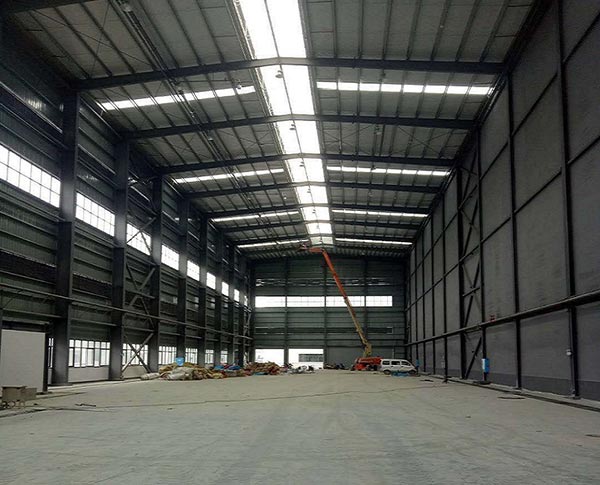
Four core advantages of pre-engineered steel frame factory
Shorten construction period and improve efficiency
Factory production can process multiple components in parallel, without being restricted by weather and site. Only “assembly” is required on site, shortening the construction period by 30%-50%.
Strict quality control and reduced errors
CNC machine tools and automated welding technology ensure that the component accuracy reaches the millimeter level, eliminating the dimensional deviation problem in traditional construction from the source.
Green environmental protection, low carbon energy saving
Steel can be 100% recycled, and factory production reduces on-site construction waste by more than 70%, which is in line with the concept of sustainable development.
Reduce costs and optimize budgets
Scaled production reduces material waste, reduces labor demand by 40%, and saves 15%-25% of comprehensive costs.

Common types of pre-engineered steel frame factories
According to application scenarios and structural requirements, prefabricated steel frame factories can be divided into the following two categories:
Light steel frame factory
Suitable for low-rise residential and commercial buildings, using cold-bent thin-walled steel, light weight, strong earthquake resistance, suitable for fast assembly buildings.
Heavy steel frame factory
For large-span scenes such as high-rise buildings and industrial plants, hot-rolled H-shaped steel or box-shaped columns are used, which have high bearing capacity and excellent stability.
In addition, some factories also provide hybrid steel frames, which combine the advantages of light steel and heavy steel and flexibly adapt to complex project requirements.
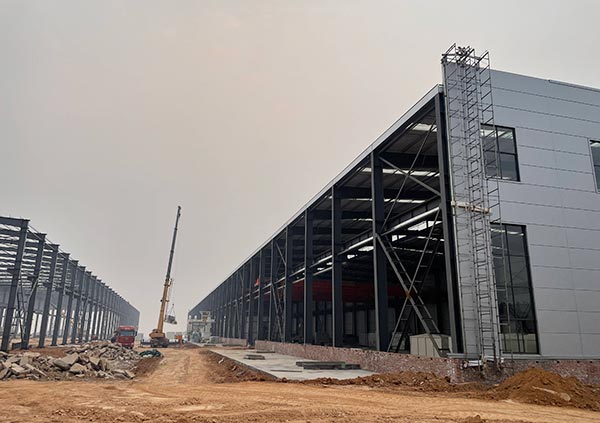
Analysis of the entire process of steel structure installation for pre-engineered buildings
Step 1: Design deepening and factory prefabrication
Based on BIM technology, three-dimensional modeling is carried out to optimize node design and generate component processing drawings. The factory cuts, welds, and performs anti-corrosion treatment according to the drawings to complete the prefabrication of steel components.
Step 2: Logistics and site preparation
Specialized transport vehicles are used to ensure that the components are anti-deformed and anti-corrosion. The foundation needs to be leveled on site, the crane position needs to be set, and the assembly line needs to be planned.
Step 3: Installation of the main structure
Hoist in the order of “column → beam → support → floor slab”, fix with high-strength bolts or welding, and use a total station to calibrate verticality and horizontality throughout the process.
Step 4: Enclosure system and detail processing
Install enclosure structures such as exterior wall panels and roof panels, fill the joints with sealing materials, and complete the spraying of fire-retardant paint and pre-embedding of circuit pipelines.
Step 5: Acceptance and delivery
Carry out load testing and weld flaw detection to ensure compliance with national standards.
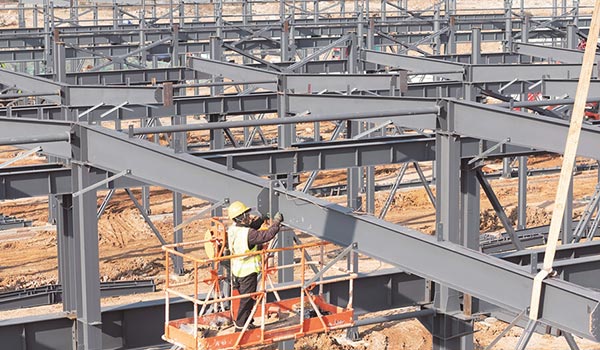
Future trends: intelligence and customization
With the popularization of Industry 4.0 technology, pre-engineered steel frame factories are accelerating their transformation to intelligence. For example:
- Robot welding and AI quality inspection systems improve production efficiency.
- Modular customization meets personalized architectural design needs.
- Digital twin technology realizes visual control of the entire construction process.
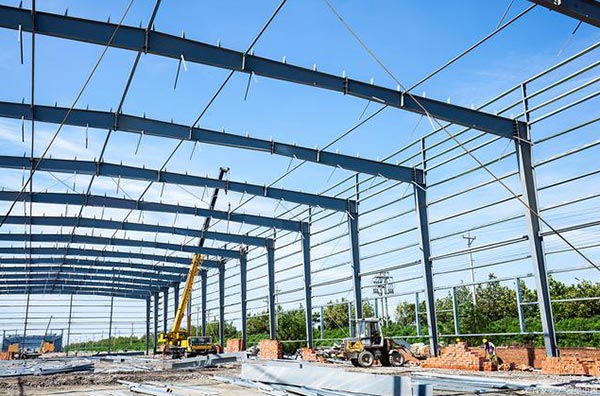
Conclusion
The deep integration of pre-engineered buildings and steel structure installation marks a new stage of industrialization and greening in the construction industry. Choosing a professional prefabricated steel frame factory to cooperate can not only shorten the construction period and reduce costs, but also inject higher safety and durability into the building. Whether it is a commercial complex, a warehousing and logistics center, or a low-carbon residential project, prefabricated steel structure is an ideal solution for efficient implementation.
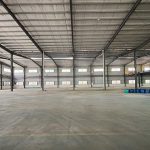
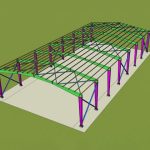
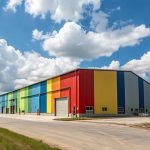
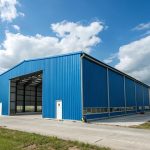
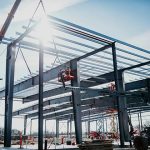
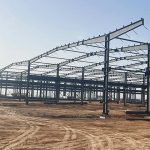
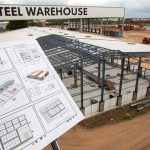
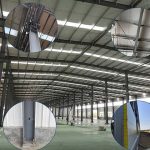
Send us the inquiry form